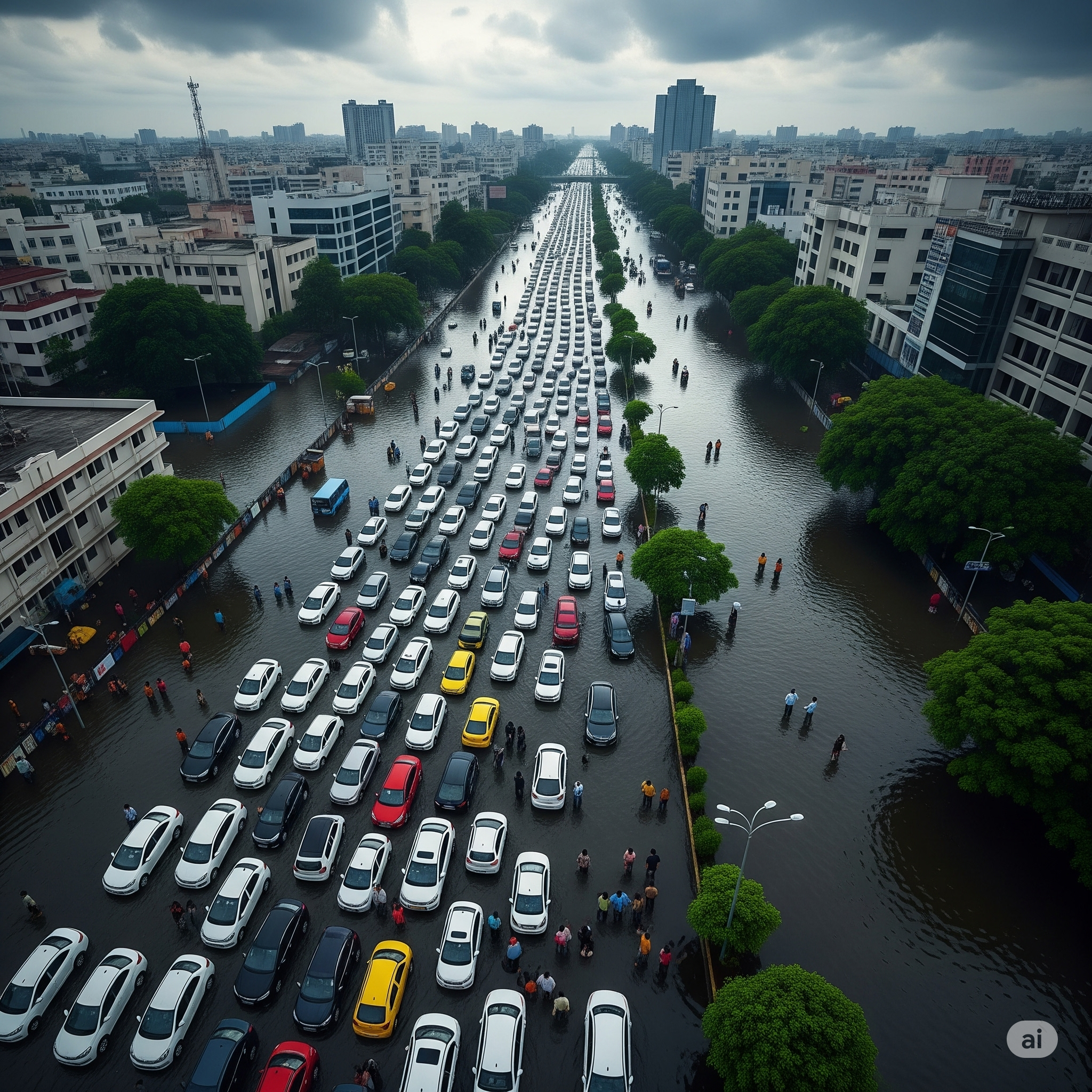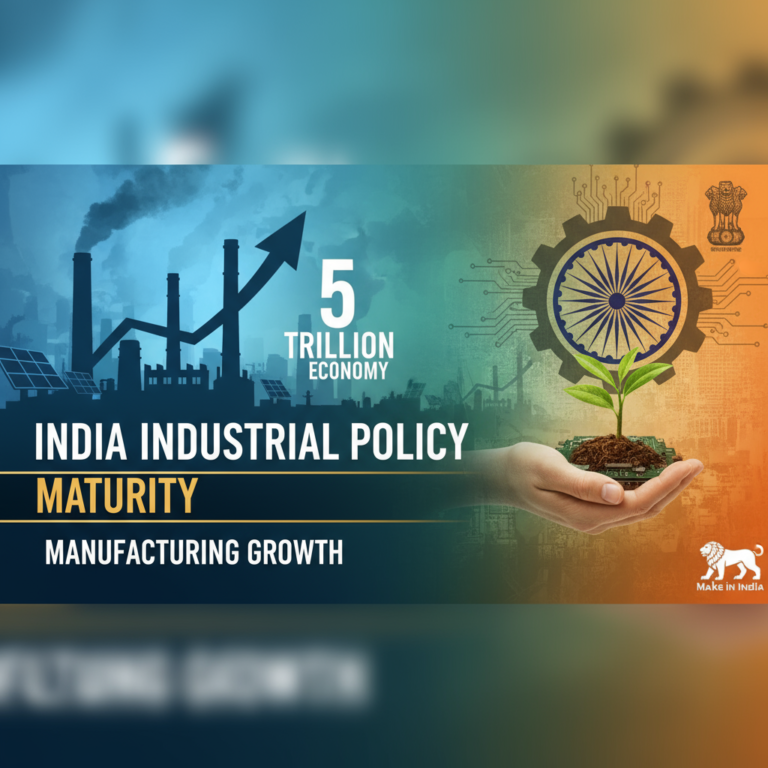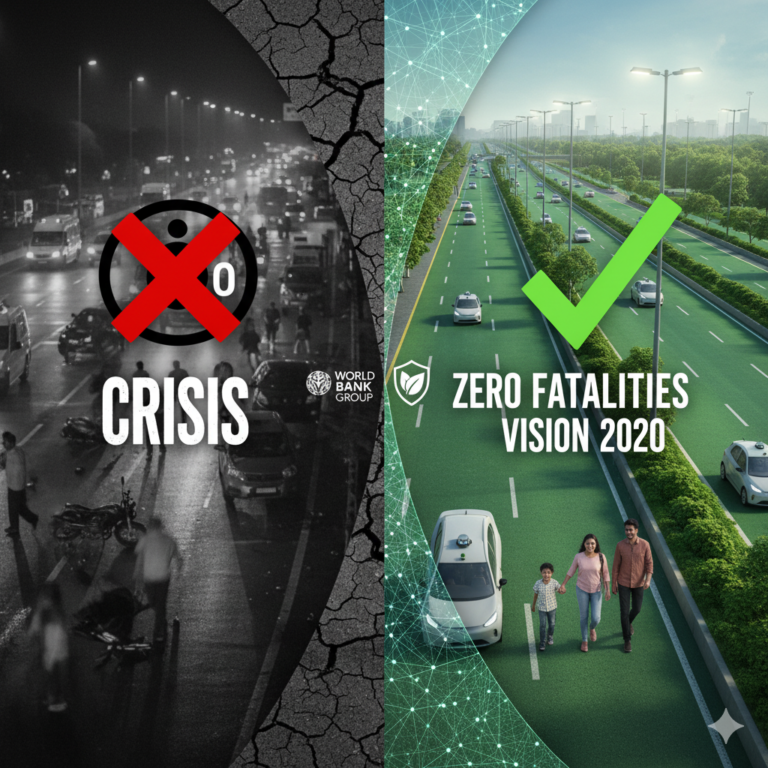In early May 2025, heavy rains lashed Bangalore, India’s Silicon Valley, leading to widespread waterlogging, drainage failures, and traffic chaos. What makes this episode more concerning is that these rains arrived even before the official onset of the monsoon. As one of India’s most rapidly urbanizing cities, Bangalore is once again a case study in how urban planning struggles to keep up with climate unpredictability. Unfortunately, the problem isn’t confined to just Bangalore; similar issues are expected to affect cities across India as the country braces for the monsoon.
The Bangalore Downpour – What Happened?
Timeline of Events
- Between May 6-9, 2025, several areas in Bangalore received over 150 mm of rainfall.
- Notable areas such as Koramangala, Whitefield, HSR Layout, and Hebbal witnessed knee-deep water.
- The rains brought parts of the city to a halt, affecting schools, IT parks, and hospitals.
Real-time Impacts
- Traffic came to a standstill in major corridors like Outer Ring Road.
- Water seeped into basements and tech offices.
- Power outages and internet disruptions added to the woes of remote workers.
Why Bangalore Floods So Easily
Unplanned Urban Expansion
Bangalore has seen unprecedented real estate and infrastructure growth in the last two decades. However, this expansion often comes at the cost of natural drainage systems and wetlands.
Encroachment of Lakes and Stormwater Drains
- Over 80% of the city’s lakes have either been encroached or heavily polluted.
- Stormwater drains are choked with debris, plastic waste, and illegal constructions.
Poor Drainage Infrastructure
- BBMP (Bruhat Bengaluru Mahanagara Palike) has struggled to keep up with drain maintenance.
- Only 40% of stormwater drains are connected and functional as per city audits.
Pre-Monsoon Rains as Climate Warning
Shifting Rain Patterns
Meteorological data shows increasing variability in rainfall events, including intense showers outside typical monsoon periods.
Urban Heat Islands and Microclimates
Bangalore, like many Indian cities, suffers from heat islands. This intensifies rainfall in certain pockets, leading to localized flooding.
Climate Change Fingerprint
Climate scientists attribute this early onset of intense rainfall to broader patterns of global climate change.
Comparing Other Indian Cities
Mumbai
- Annual flooding in low-lying areas like Sion and Kurla.
- The Mithi River project still fails to prevent overflow.
Chennai
- Inundation of entire neighborhoods due to outdated stormwater systems.
- Memory of the 2015 floods still fresh in public consciousness.
Delhi
- Drainage systems overwhelmed with even moderate rain.
- Flash floods becoming increasingly common.
The Cost of Urban Flooding

Economic Costs
- Loss of work hours in the IT sector.
- Damage to infrastructure, electronics, and vehicles.
Public Health Hazards
- Waterborne diseases such as cholera and dengue surge post-flooding.
- Stagnant water becomes breeding grounds for mosquitoes.
Psychological Toll
- Constant fear during rainy seasons affects quality of life.
- Anxiety among parents, especially those with school-going children.
What Needs to Be Done
Reviving Natural Drainage
- Restoration of lakes and wetlands.
- Implementation of sponge city models that absorb rainwater.
Drainage Infrastructure Overhaul
- Mapping and digitalization of stormwater drain networks.
- Regular maintenance and de-silting before monsoons.
Community and Policy Involvement
- Citizen-reporting apps for clogged drains.
- Accountability for encroachments and illegal constructions.
Technological Interventions
Smart Drainage Systems
- Use of IoT sensors to monitor water levels in drains.
- AI-driven predictive models for rainfall impact forecasting.
Data-Driven Urban Planning
- Integration of satellite imagery with urban layouts.
- Rainwater harvesting GIS mapping tools for new buildings.
Preparing for a Wetter Future
India must adopt a proactive, not reactive, approach. Early warning systems, resilient infrastructure, and community engagement are not luxuries but necessities. Bangalore’s pre-monsoon chaos is a reminder that unless cities evolve faster than the climate, they will drown in their own negligence.
Conclusion: Wake-Up Call for Indian Cities
The rains in Bangalore are not just another seasonal event; they are a red flag waving in the face of India’s urban future. As climate change continues to distort traditional weather patterns, and cities continue to sprawl without foresight, urban flooding will transform from an occasional inconvenience to a persistent threat. The time to act is now.









+ There are no comments
Add yours